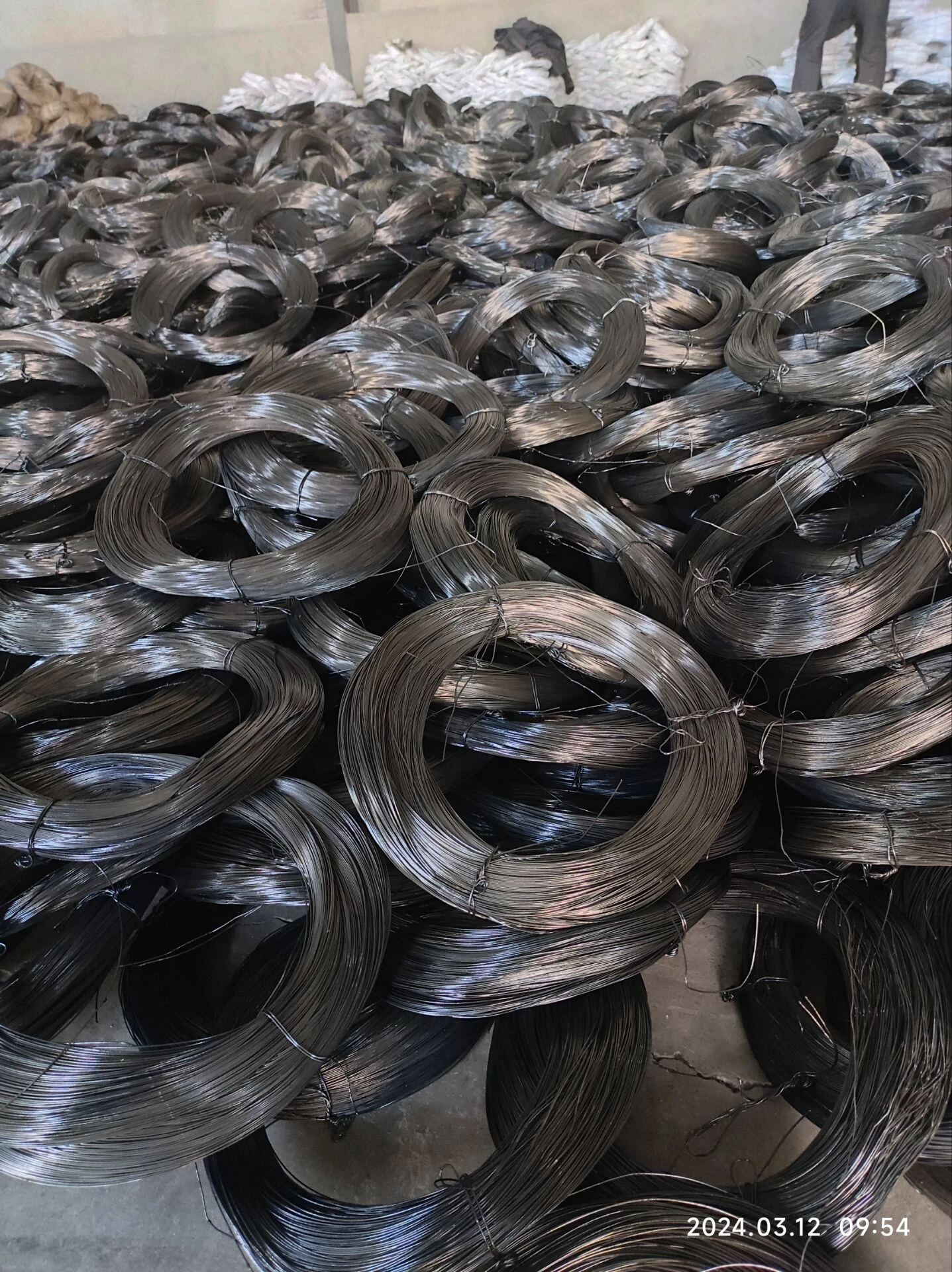

4. Head Style The head style of the screw impacts both the application and the finish of your work. Bugle head screws are the most common for drywall. Their design helps in countersinking the screw without damaging or breaking the paper surface of the drywall. For projects requiring a smooth finish, using screws compatible with drywall mud applications becomes necessary. These allow for easy covering, creating a clean look ready for painting or wallpapering. Installation Best Practices To enhance the quality and efficiency of your sheetrock installation, consider some best practices. Using a drywall screw gun or a power drill with a screw setter attachment helps in driving the screws to the correct depth and avoids overdriving, which can weaken the drywall. Spacing is another factor; screws should generally be set every 12 inches on the edges and 16 inches on the field (center area of the drywall) to ensure even distribution of weight and pressure. Importance of Quality Selecting quality screws is a minor investment that drastically improves the overall integrity and longevity of your drywall installations. Cheap or low-quality screws are prone to snapping during installation or corroding over time, leading to unsightly pops or necessary repairs. Conclusion Investing time in selecting the right screws for sheetrock is crucial. Their size, thread, material, and head style all play a role in the successful realization of a drywall project. By understanding these elements, you ensure durability, maintain structural integrity, and achieve a professional finish. Whether you're a seasoned professional or a DIY enthusiast, leveraging the right tools effectively reduces risks and enhances your building projects, demonstrating expertise and professionalism while ensuring trust and satisfaction in your crafting endeavors.

















